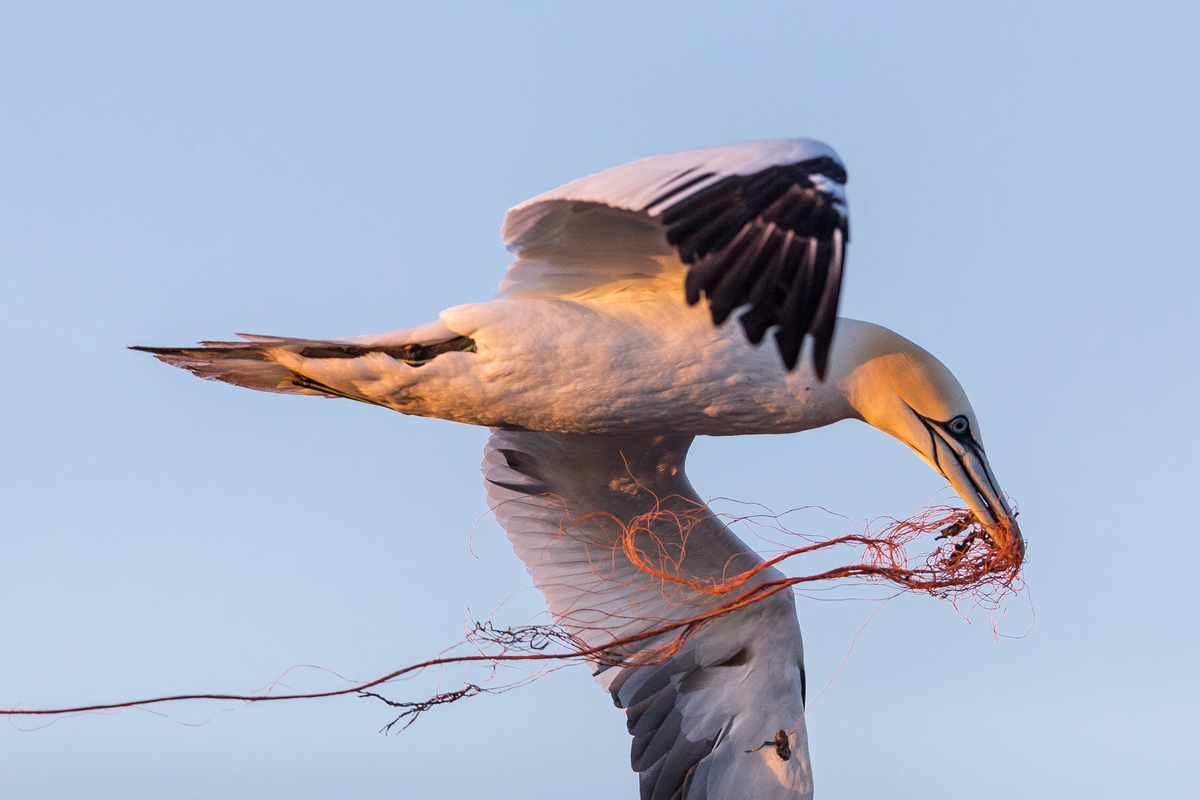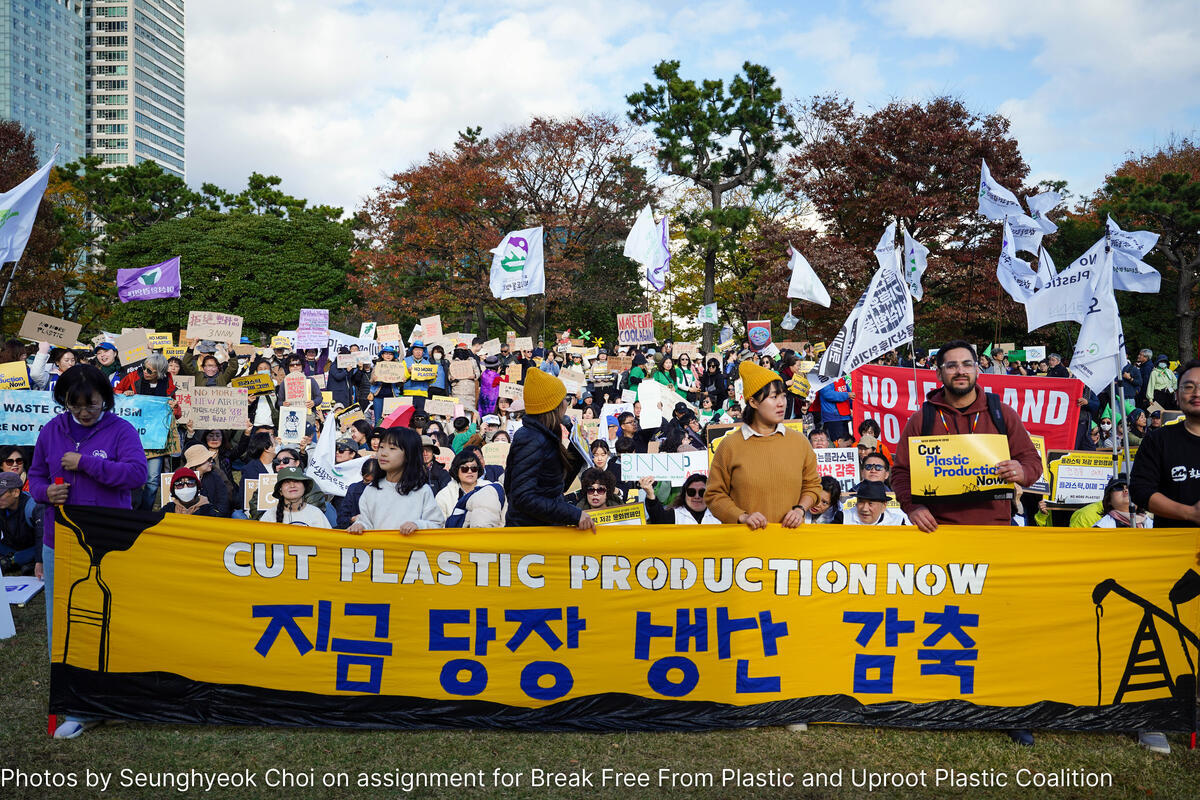World leaders are meeting for the final round of negotiations on the Global Plastics Treaty. A seabird fledgling found dead on Lord Howe Island reminds us what’s at stake.
It’s an image that spells a painful story of death for a small seabird. A flesh-footed shearwater fledgling lies lifeless, it’s head turned to the side. From its beak begins a mosaic of hundreds of pieces of plastic arranged in a neat rectangle.
Bottle caps, bread tags, a balloon tie. When this young bird was found dead on the shores on Lord Howe Island, a total of 403 pieces of plastic were found in its digestive tract.
The photo, titled “A Diet of Deadly Plastic” won the Wildlife Photographer of the Year for the category of Oceans: The Bigger Picture.
Its photographer, Justin Gilligan, hopes it starts a conversation.
“We put at least 8 million tons of plastic in our oceans every year. Nowhere is immune to this threat, not the deepest parts of the ocean, or remote and pristine areas like the waters surrounding Lord Howe Island – an island paradise located half-way between Australia and New Zealand.”
– Justin Gilligan
Plastic’s impact on oceans, wildlife, human health
Although confronting, the demise of this shearwater is not unique. Over 75% of adult flesh-footed shearwaters breeding on Lord Howe Island have plastic stuck in their digestive tracts.
For the baby fledglings, the figure in some years has been 100%.

Shearwaters start ingesting bits of plastic from an early age as they are fed by their parents. The birds mistake the plastic for prey and small pieces of pumice stone, which the birds eat to help digestion.
“Shearwaters start ingesting bits of plastic from an early age as they are fed by their parents. The birds mistake the plastic for prey and small pieces of pumice stone, which the birds eat to help digestion.”
– Justin Gilligan
The plastics crisis touches every corner of the globe. It is in the deepest parts of our oceans and on the highest mountain peaks.
And it’s polluting our bodies as well as our air, land and seas. Microplastics are in our blood and have even been found in placentas and breastmilk.
We know that plastic is harming us. But if left at its current rate, plastic production could triple by 2050.
Global Plastic Treaty negotiations continue
Since 2022, nations have been negotiating a Global Plastic Treaty. The final round of negotiations, the INC5, will be held in Busan, South Korea from 25 November to 1 December.
Although progress over the years has been promising, Treaty negotiations have been consistently undermined by fossil fuel and petrochemical lobbyists present at each INC meeting.

A strong and ambitious Global Plastic Treaty will deliver a cleaner, safer planet for us all. But what exactly does an ambitious Treaty look like?
To end the plastic and climate crisis, we need a Global Plastics Treaty that will:
- End plastic pollution across the whole life cycle to protect the environment and human health
- Set a legally binding target to reduce plastic production by at least 75% by 2040 to stay below 1.5° C for our climate and to protect our health, our rights, our communities, and our planet.
- End single-use plastics, starting with the worst offending items like plastic sachets
- Ensure a just and inclusive transition to a low-carbon, zero-waste, reuse-based economy
- Be firmly rooted in a human rights-based approach that reduces inequalities between people, prioritizes human health, protects the environment and centers justice and the interests of communities most affected
INC5 is our last chance to win a strong Global Plastic Treaty. Leaders must be bold and adopt the strongest possible measures for this Treaty to work.


